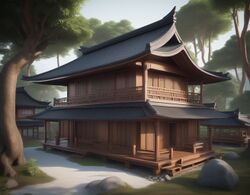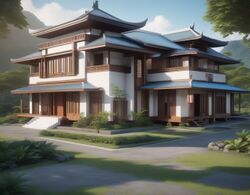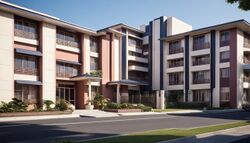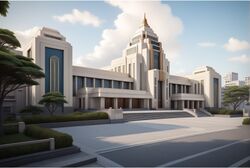Kamuran Architecture: Difference between revisions
Jump to navigation
Jump to search
m (Recategorize) |
|||
| Line 1: | Line 1: | ||
'''Kamuran architecture''' referes to {{wp|architecture}} and architectural designs found anywhere in what is present-day [[Kamura]]. It may also be found in other regions due to Kamuran influence. | |||
== General features of Kamuran architecture == | == General features of Kamuran architecture == | ||
| Line 42: | Line 43: | ||
== See also == | == See also == | ||
[[Category:Kamura|Architecture]][[Category:Architecture | [[Category:Culture of Kamura|Architecture]][[Category:Architecture by country]] | ||
Latest revision as of 00:59, 5 September 2024
Kamuran architecture referes to architecture and architectural designs found anywhere in what is present-day Kamura. It may also be found in other regions due to Kamuran influence.









